At first, all website survey tools seem to be similar. Some are more minimalistic; some offer other methods of collecting audience feedback, like email surveys or in-app surveys; some include features like website analytics.
But when you get more serious about surveying your users, you start to observe differences between website survey tools. For example, they offer different targeting options and integrations. Those features may seem dispensable at first but become crucial when you get more familiar with the tool and want to take full advantage of it.
Switching to another tool is always a headache, especially when you have lots of survey data and use sophisticated targeting options that are difficult to copy.
To avoid problems, make sure you choose the best survey tool from the start.
This short guide will show you what to look for while choosing a website survey tool. It'll help you filter out all marketing gibberish of feedback collection service providers and choose the most suitable tool. We’ll also discuss some pros and cons of what we believe are the 8 best website survey tools on the market.
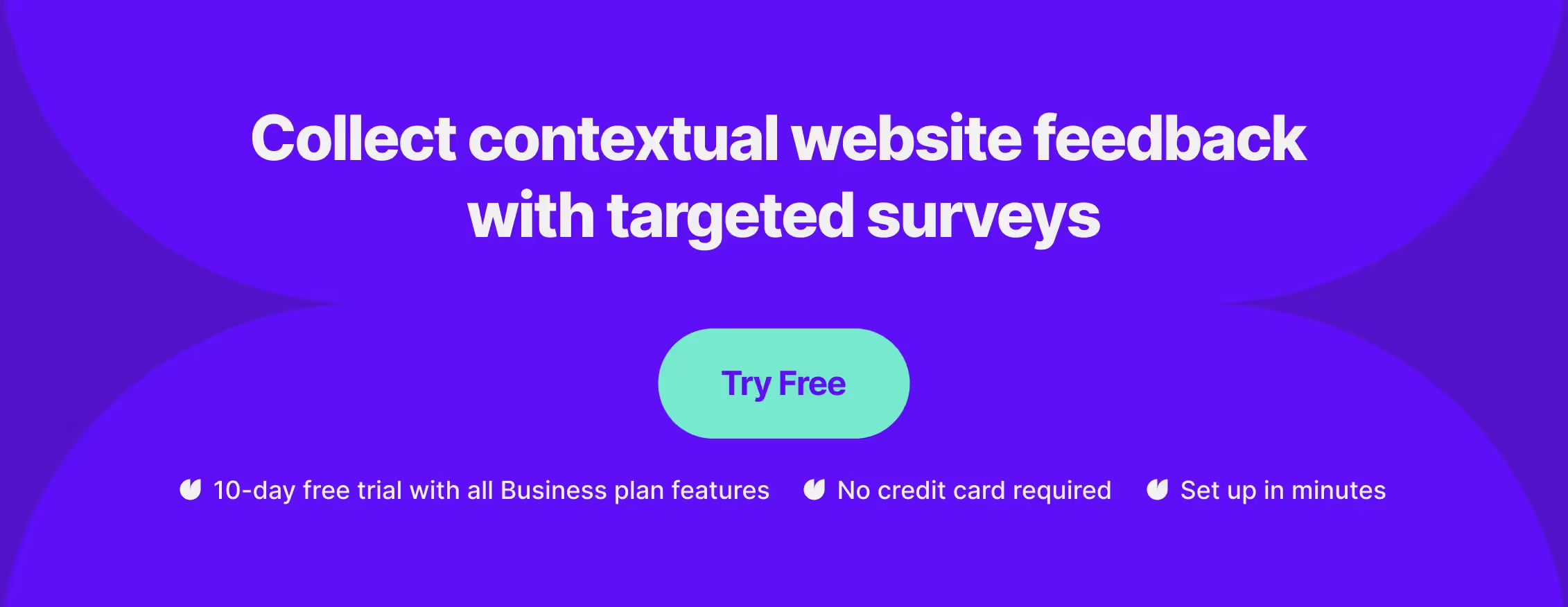
What features to look for in a website survey tool
Let's start with a list of important features for you or another person who will be using the website survey tool. They ensure that you can configure the tool to meet your needs and make the most of it.
1. Skip logic
Skip logic (or: question branching or survey logic) is a must-have feature of website survey tools. It allows you to show different questions based on answers to previous questions. While it's one of the basic functionalities of website survey tools, still not all vendors offer it.
To learn more here about skip logic, see our help article under the link.
2. Multiple question types
Some website survey tools limit you to asking only multiple-choice and open-ended questions.
But there are also other useful types of surveys, like
- Linkert scale
- NPS
- Smiley scale
- Checkboxes
- Forms (helpful in collecting contact emails and in lead generation)
Hint:
Look for tools that offer Calls to Action to engage visitors and guide them to desired actions or tailored content.
NPS is the survey most popular with Survicate users. Give it a go with the NPS Survey Template below:
4. Advanced targeting options
Website surveys provide the best results when they allow you to precisely choose who sees surveys and when. That allows you to adjust the message to the context so the user experience is better and response rates are higher.
Target surveys based on:
- traffic sources (direct, UTMs, referrals, search traffic, etc.)
- behavior on the website (browsed pages, time spent on the page, % of a scroll, new v returning visitors, etc.)
- characteristics of users (geography, languages, devices, cookies)
Important note:
If you want to use a website survey tool on a Single Page App (SPA), look closely at the targeting options of the tools you are considering. The support of SPA is still not a standard.
5. Library of survey templates
Why waste time creating all surveys from scratch when you can choose a website survey tool that offers a library of pre-defined templates?
Adding a survey from a library requires just a few clicks, so you save time and effort (a good library comes with pre-defined settings as well).
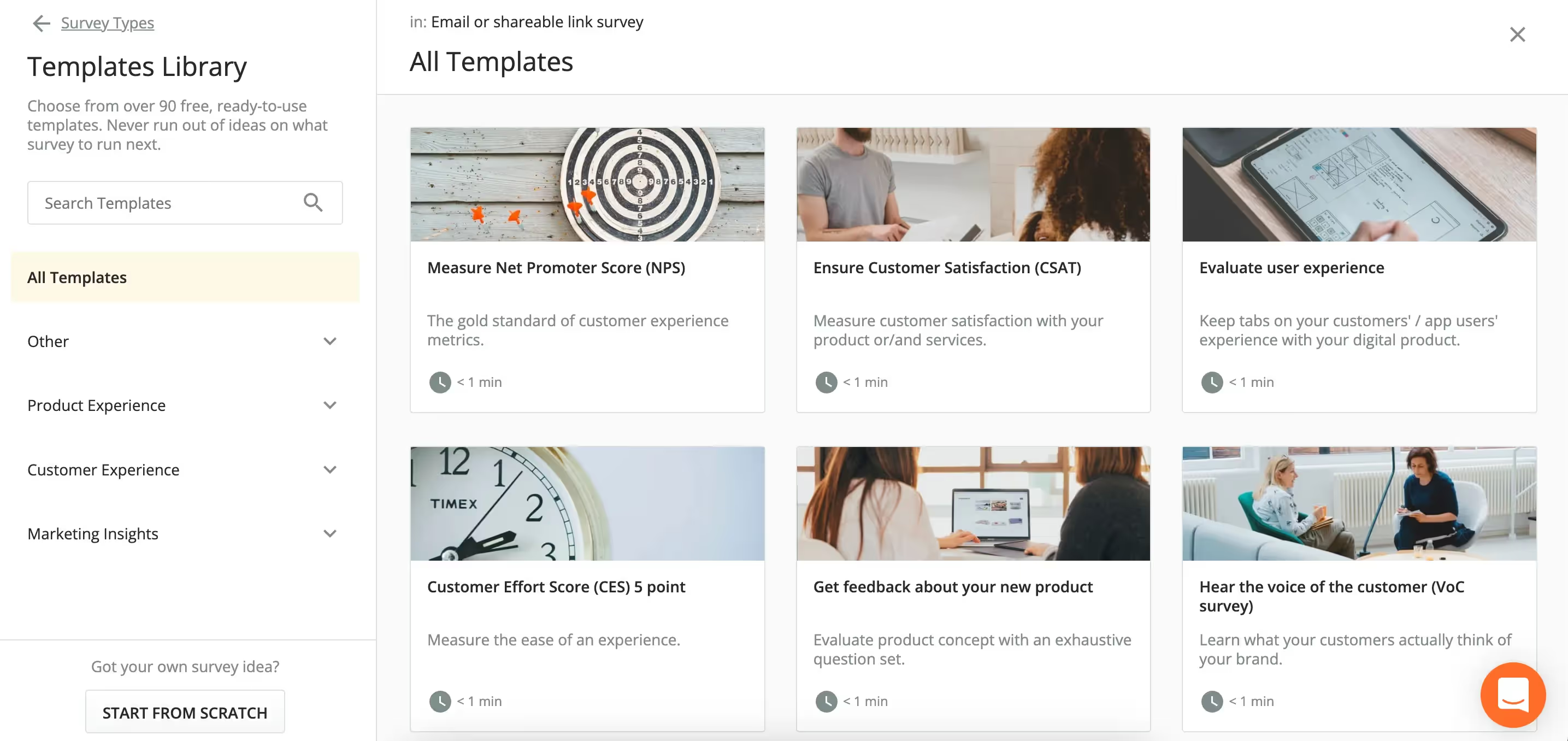
6. Reporting
Analyzing the results of your surveys can be time-consuming and will likely discourage you from doing so. But that's the key to a successful survey. Without analysis, all answers mean nothing.
So choose a tool that offers reports with a summary of results delivered to email to give you a glimpse of what users say and the most prominent trends.
A useful feature:
The choice of how often you want to receive reports.
7. Integrations with tools you already use
Website survey tools themselves provide you with useful and valuable feedback that you can use to improve your website or services.
But they can provide even more value if you integrate them with CRM or marketing automation software.
The website survey tool can bring new leads and enrich their profiles with collected data. Look for direct integrations. They usually provide more options and are easier to set up than integrations through third-party apps like Zapier.
Tip:
If you're a data geek, you might be interested in a Google Analytics integration. Analyze the results of surveys in the analytics tool and build custom segments of users. You can later use them to create personalized retargeting campaigns.
If you use surveys to find out more about your customers or leads, integrations with tools like Intercom, HubSpot, or ActiveCampaign should be interesting for you.
8. Exit intent surveys
Collecting feedback from visitors who are about to leave the website can be a great source of insights, so make sure the tool you choose offers exit-intent surveys.
Feel free to use this Exit Intent Survey Template by Survicate:
9. Responsive support and knowledge base materials
Like with all other SaaS tools, you sometimes might need some help to get started or set up a new feature of your website survey tool.
My recommendation:
Choose a tool that offers support via chat (the fastest way to answer questions). What is also important is the quality of support materials so that you can find answers on your own if you don't like talking to support.
10. Export of data to a preferred format
You have two options for analyzing data gathered with your website survey tool:
- Within its dashboard
- In spreadsheets after downloading the data
For most purposes, analytical dashboards will work fine. But if you want to perform the advanced analysis, you must do it in a program like Excel. (Download in .csv format is a standard, .xls is less popular but easier to work with if you're not a spreadsheet maestro.)
11. User and domain management
Sometimes, you might want to add another user to a domain or a new domain to an existing account (agencies, raise your hands). Make sure the tool you choose offers such possibilities to avoid sharing one access within a team or creating multiple accounts to manage a few domains. Also, consider elements that affect the experience of your website visitors who will be answering the surveys.
To cut a long story short: Users don't like interacting with any elements on the website if they don't look good or trustworthy.
So look for the following options:
- The responsive design of survey widgets so that they look good on all devices
- Modern design of survey popups
- The possibility of customizing widgets to match the design of your website, including adding graphics to widgets and removing a provider's branding. (A tip for more advanced users: Consider the possibility of adding custom CSS of survey widgets to make them look exactly as you want.)
- The ability to show surveys in languages that your visitors speak (Geographical or browser language targeting will make it possible.)
Lastly, remember that the main factor contributing to your visitors' satisfaction and willingness to participate in a survey is good targeting and utilizing advanced options well.
READ ASLO: How to Target Surveys Based on Survey Tags
What is the best website feedback tool?
Survicate
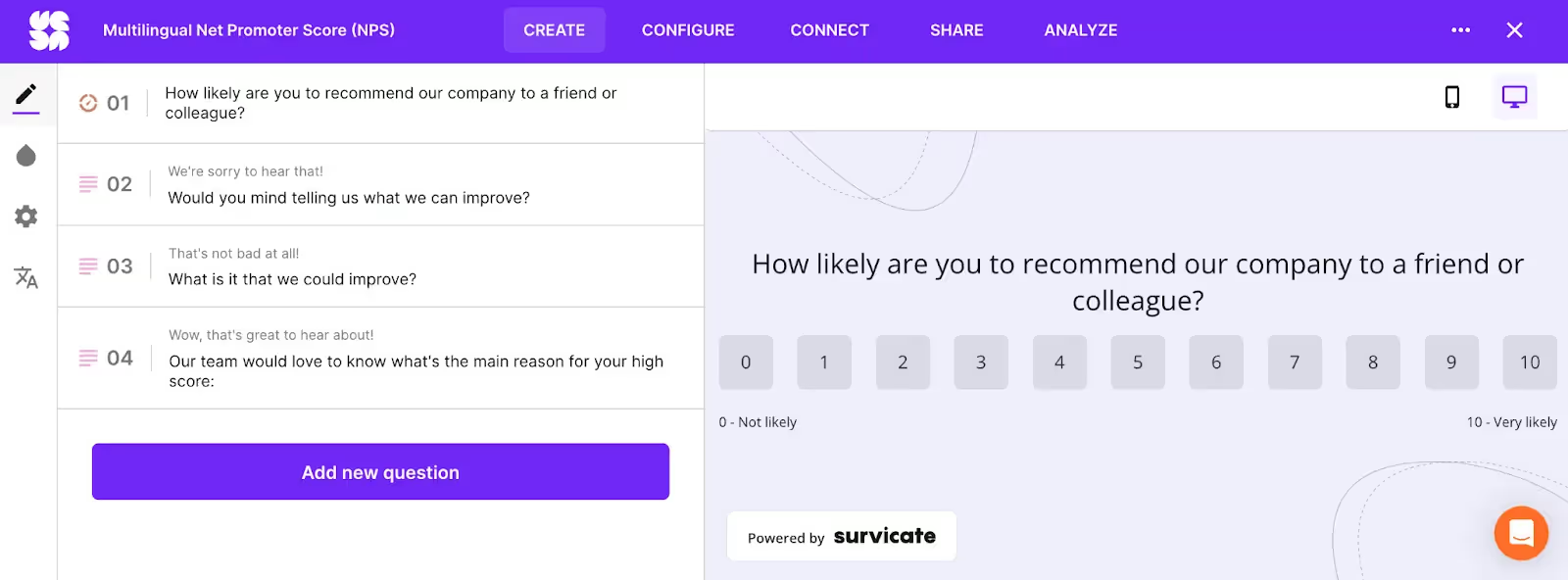
Survicate is a feedback collection tool that offers many distribution methods, including website embed and pop up. Once you install the code by copying and pasting it, you’ll be able to survey respondents forever.
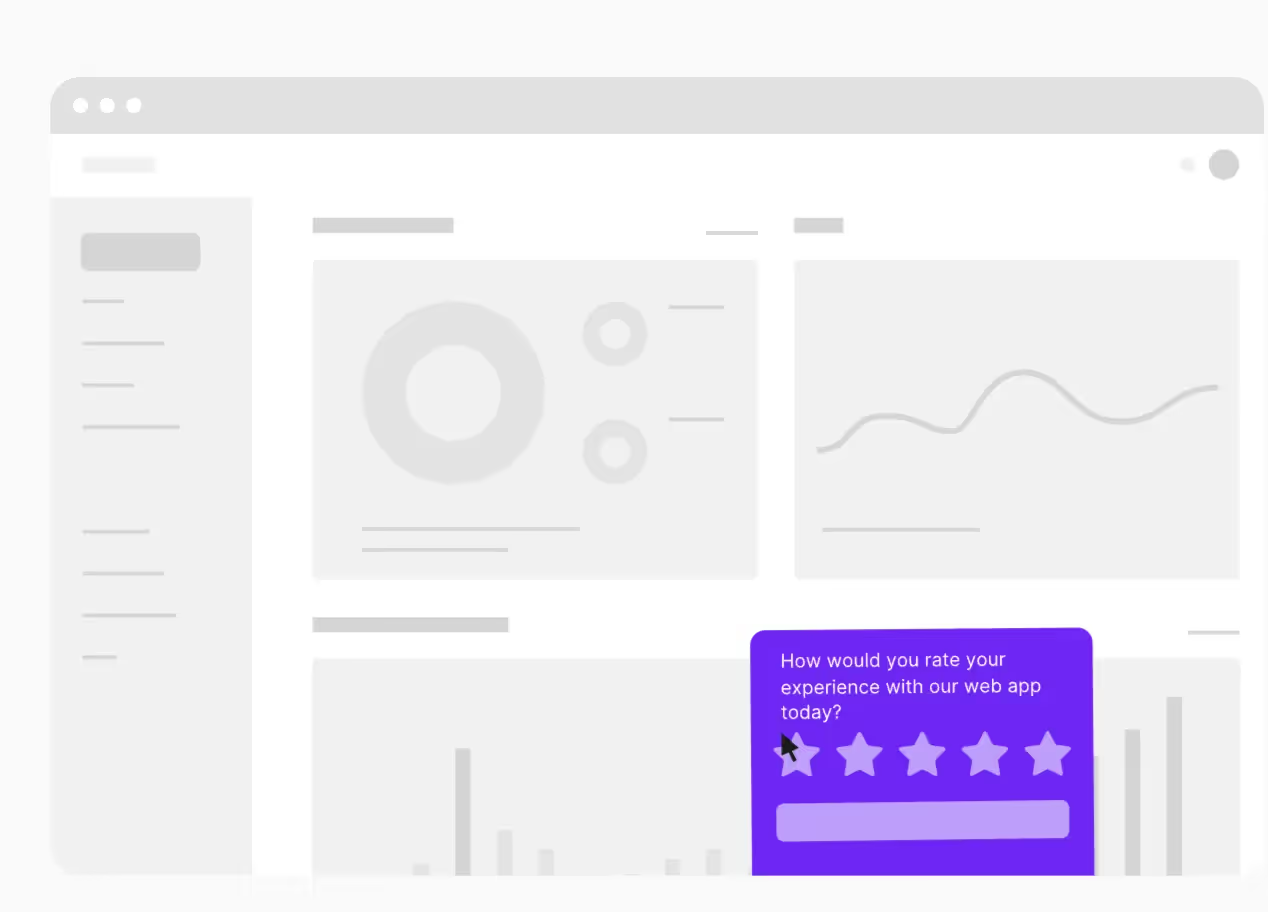
Survicate surveys require no coding skills and won’t slow down your website. You can run surveys in multiple languages and use advanced targeting to reach the right audience every time.
There are over 300 ready-to-send templates optimized for the highest response rates. The builder will also provide question suggestions based on existing content if you start from scratch. This makes survey editing a breeze.
Survicate integrates with popular tools like FullStory, Mailchimp, HubSpot, and Slack. You can even set the last one up, so you are only altered about responses you particularly care about!
Survicate's 10-day free trial offers access to all Business plan features, including native integrations and advanced attribute targeting. An enterprise plan is also available.
SurveyMonkey
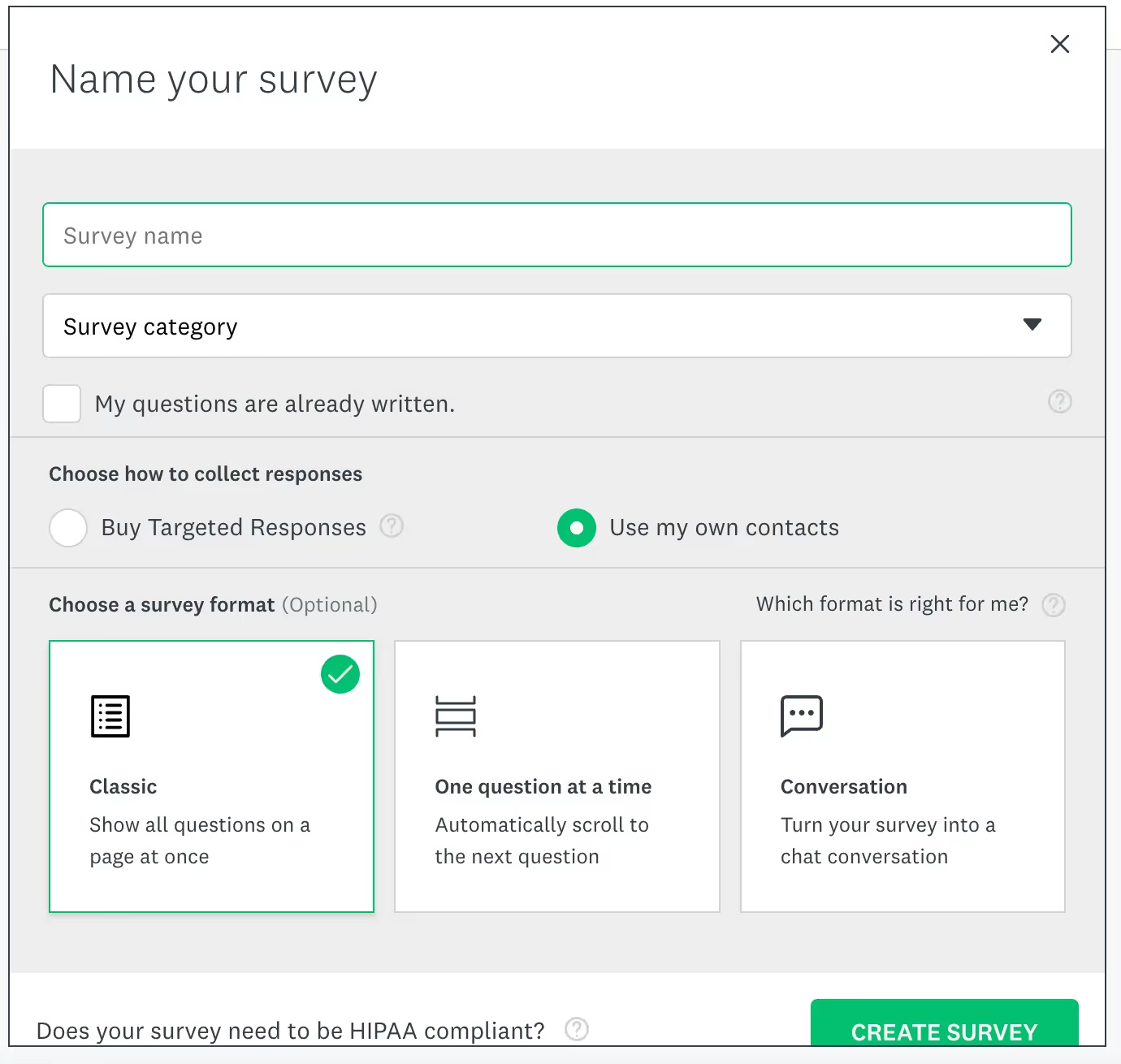
SurveyMonkey is one of the most popular survey solutions on the market. You can choose from embedded surveys, pop-up surveys, or pop-up invitations. SurveyMonkey’s website surveys are not affected by pop-up blockers.
Nonetheless, you’ll only be able to embed one survey on your webpage.
To use SurveyMonkey’s website surveys, you’ll need a basic understanding of HTML and access to the website source code. The tool will generate a code for you to copy and paste.
You won’t need to update the code on your website, even if you make changes after embedding it. Updates will display automatically. If you want to close the survey, you’ll have to remove the code from your site.
While it has a lot of happy customers, it comes with its price. You’ll have to purchase an annual plan, and reviews complain that lower tiers don’t offer great value.
We recommend SurveyMonkey if you want to use one-off surveys. It may be unsuitable if you want to measure overall customer satisfaction or re-survey customers periodically.
SurveyMonkey integrates with tools like Zapier, Slack, and Microsoft Teams.
Surveysparrow
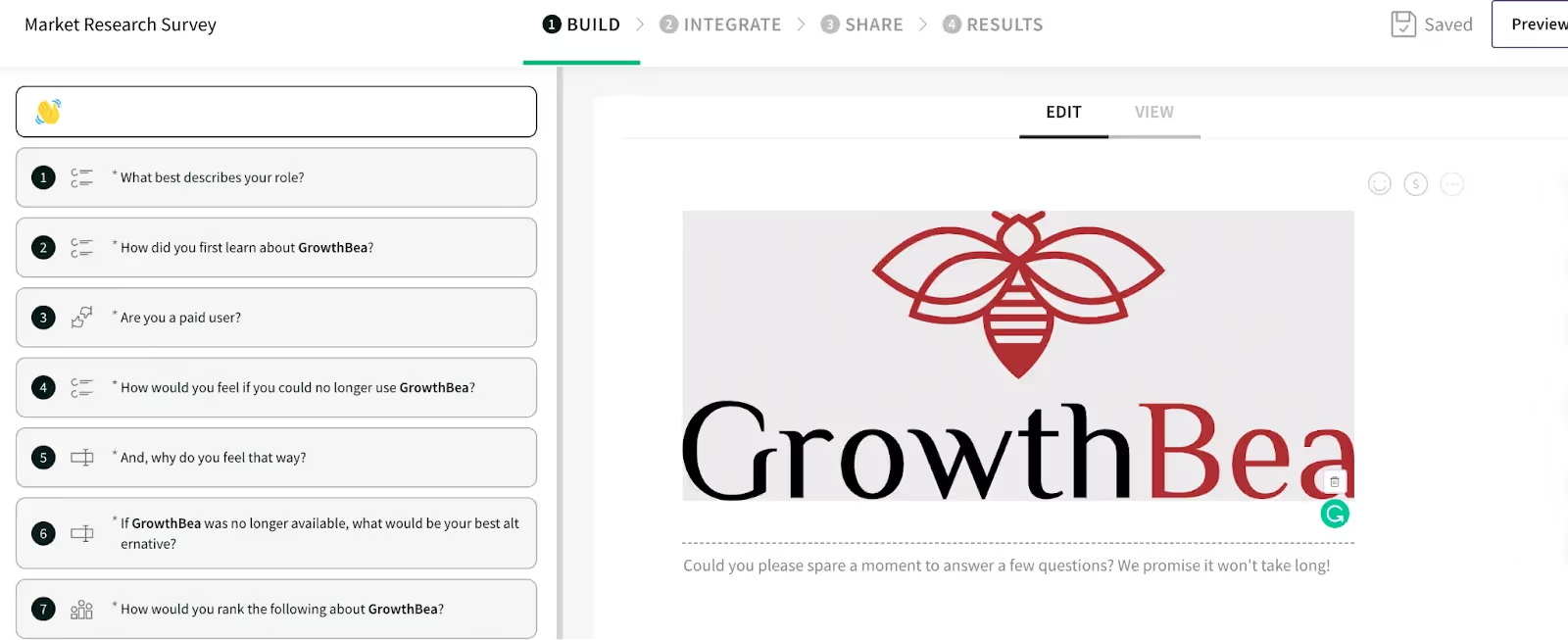
Surveysparrow is another great website survey tool. It is best for customer feedback, employee satisfaction, as well as employee pulse and customer pulse.
Surveysparrow offers a free version of the tool, but it has strict limits on responses. When it comes to paid plans, the pricing model is quite complicated.
This piece of survey software integrates with tools like Slack, MailChimp, Google Drive, and Salesforce. Surveysparrow offers a smaller library of survey templates.
Typeform
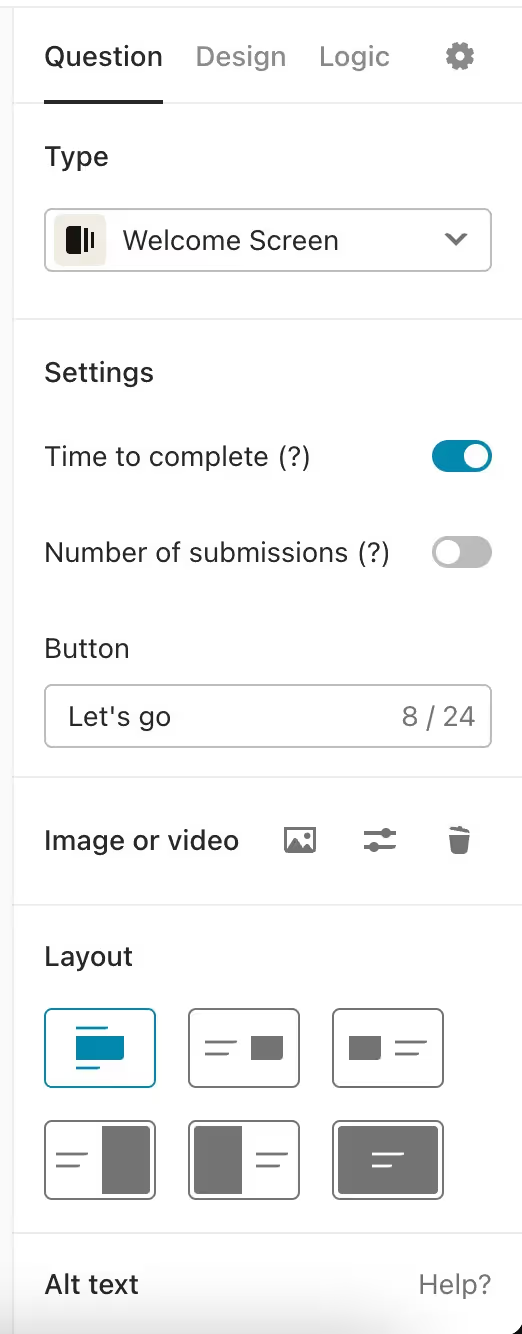
Typeform offers multiple embedding options like full-page, pop-up, slider, and side tab. The tool is known for advanced customization options, and reviews praise the ease of editing and the transparency of popups.
It’s important to note that your form needs to be live before you embed it onto your website. This can be problematic, as live Typeforms tend to receive spam responses, affecting your response limits and making your results unreliable.
You will also need coding skills to edit how your forms appear on mobile devices or prevent multiple answers from the same respondent. Overall, the learning curve for Typeform is steeper than its competitors.
Typeform’s integrations include tools like MailChimp, monday.com, and Hubspot.
Check out our Typeform alternatives post to learn more about the tool, its pricing, and similar pieces of software.
Qualtrics
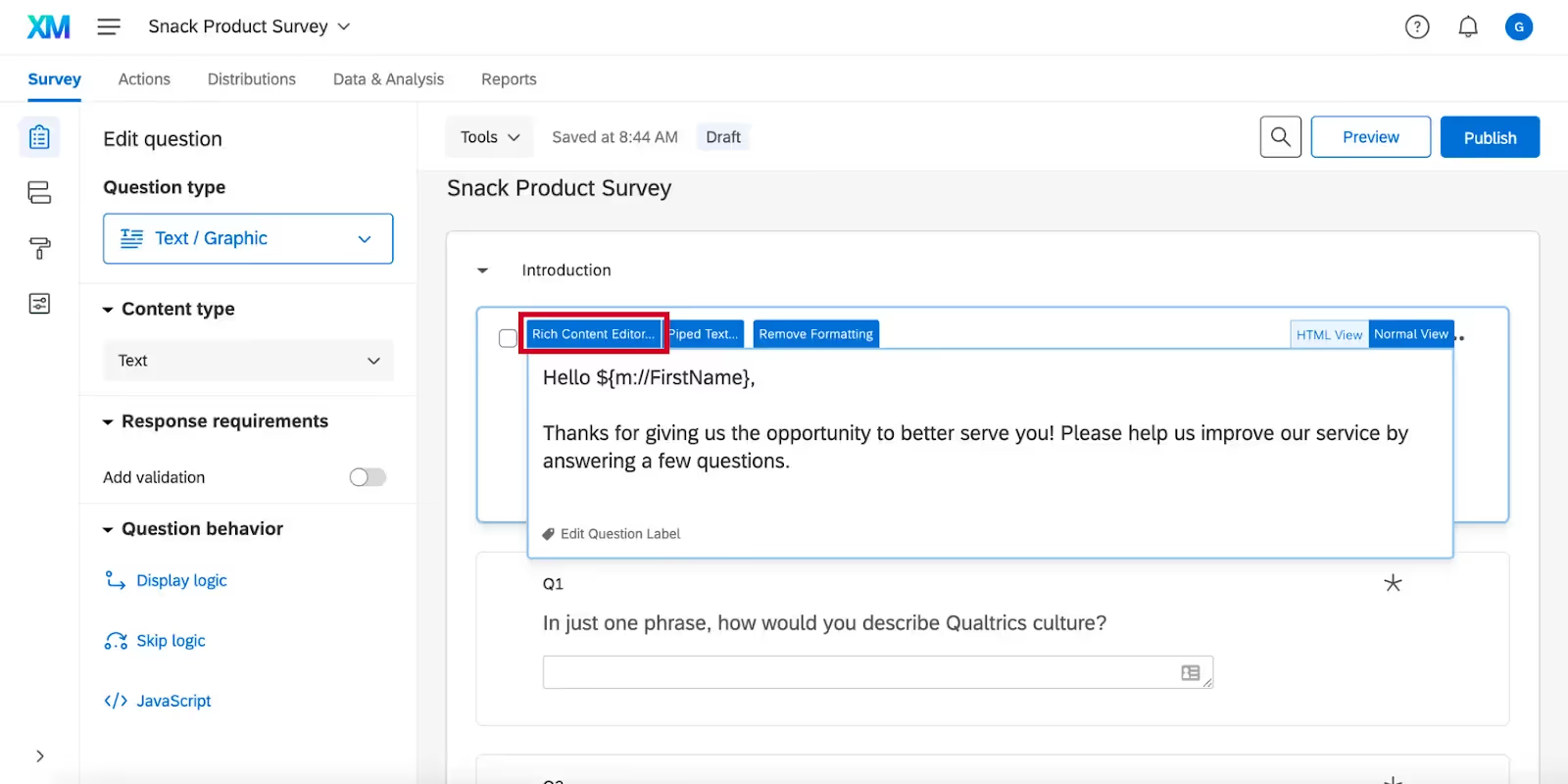
Qualtrics markets itself as a 360-degree feedback platform. The tool is great for both simple questionnaires and complex research. It is widely used in the education and scientific research sector.
There are over 100 question types to choose from with ready-to-send templates. Take advantage of features like display logic, email triggers, and branching. Users can easily export results to CSV or SPSS.
Qualtrics integrates with popular tools like Salesforce, Marketo, and Adobe.
On the downside, there is no overt pricing, and the tool is more expensive than its competitors. Support also doesn’t get great reviews past the onboarding stage.
Jotform
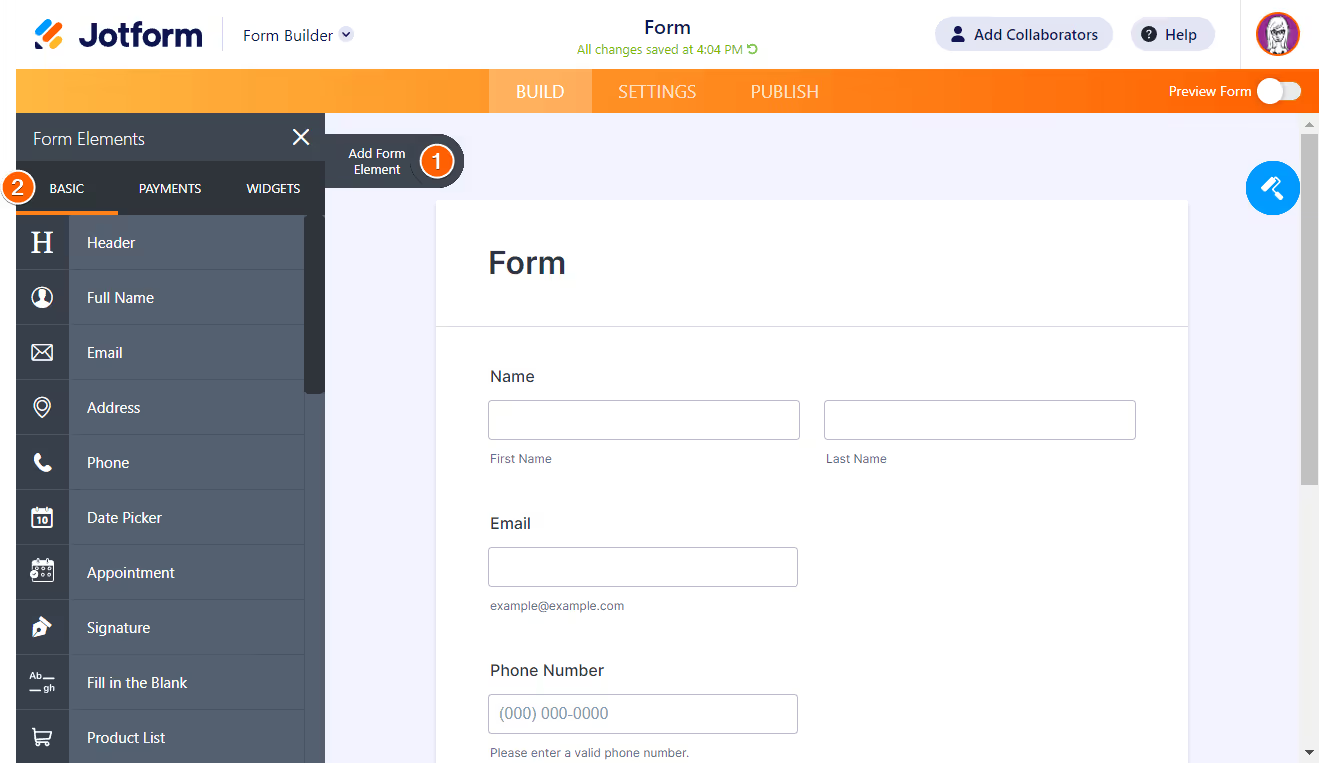
Jotform is a form software with great widget templates. You can create forms to collect e-signatures, perform calculations, or check off lists.
Every form embeds into websites easily but may take some time to load, according to reviews. The tool will generate an iFrame code for you to copy and paste.
Jotform integrates with Adobe, Zoom, and Hubspot. You can make 5 Jotforms per month and collect up to 100 responses for free.
The downside is that Jotform has separate monthly and total submission limitations. So if you need to collect data from many sources or forms, you’ll have to monitor your usage closely.
Zoho survey

Zoho survey is best for existing users of Zoho. All tools from this provider integrate natively. The tool works great for short employee and customer feedback website surveys. You can embed them on existing pages or set up an HTML pop-up.
The surveys are designed to fit any screen size, but some reviewers complain about poor customization features. Besides Zoho tools, you can connect your forms with Zapier, Mailchimp, and Google Drive.
If you have high response needs, choose the annual payment plan. You’ll be able to collect unlimited responses to all of your surveys.
Qualaroo
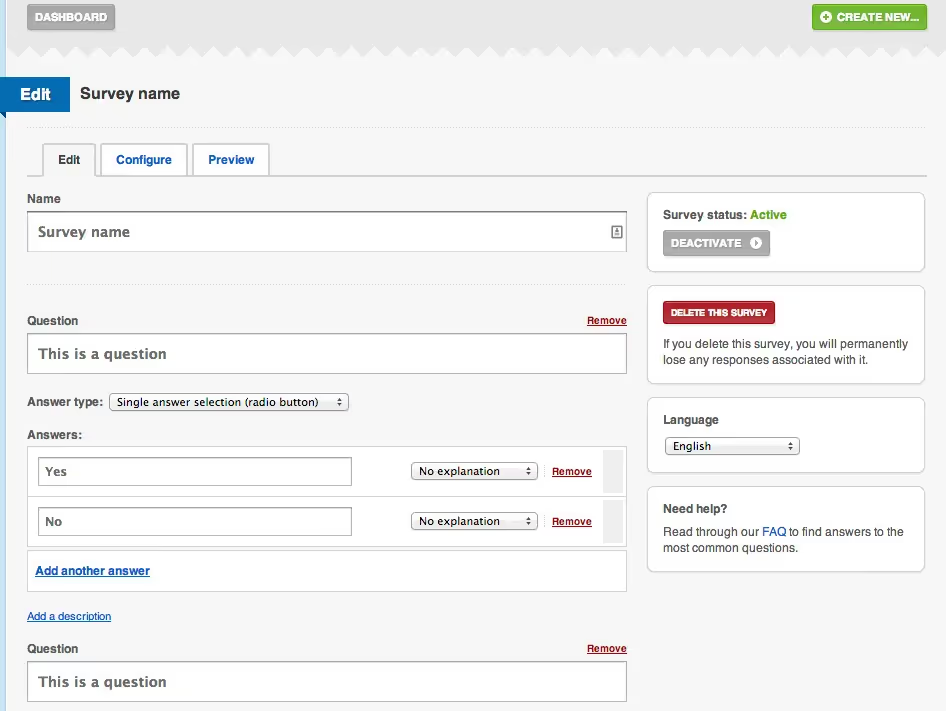
Customers use Qualaroo for collecting real-time visitor insights and information like who visited your website, which page they visited, and their visit history.
Qualaroo’s proprietary no-code nudges make them a great website survey tool. This feature works as a targeted pop-up that helps collect contextual feedback. Other than websites, you can also deploy nudges on mobile sites and apps.
The tool is expensive, but a free trial lets you test out essential features. The software integrates with Slack, Google Analytics, Salesforce, and Intercom.
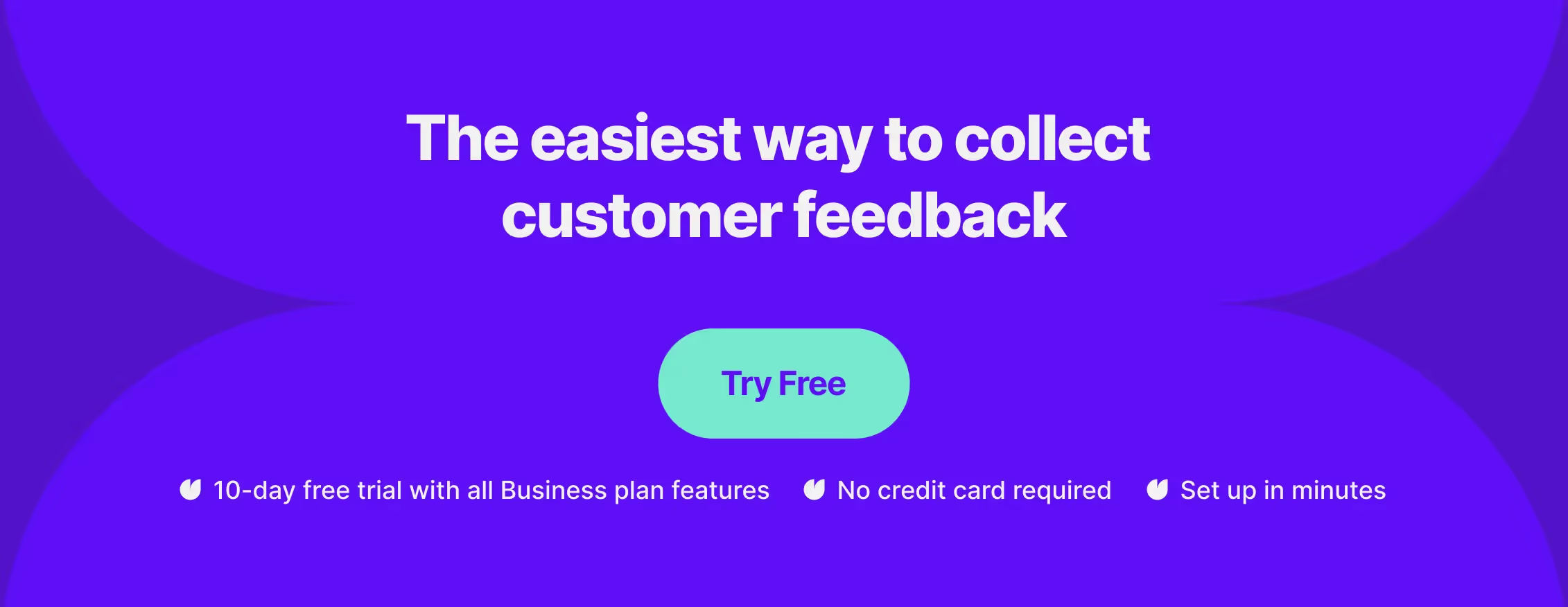
Key takeaways
Let's briefly summarize this article's key points.
Some of the crucial features of website survey tools you should look for are:
- Skip logic
- Multiple question types
- Integrations with tools you already use
- Targeting options that will allow you to precisely choose who sees surveys and when, including URLs, time delay, exit intent, and cookie-based targeting
Also, make sure that survey widgets are responsive, and you can customize them to match the design of your website. When you shortlist available tools that match those criteria, look at customer reviews to choose a reliable tool that won't ruin your budget with a big upfront payment.
This way, you'll choose the right tool for your needs and won't need to look for a more suitable one when you dive into more advanced settings.
With Survicate's 10-day free trial, you will get access to all Business plan features. Sign up and check it out today!









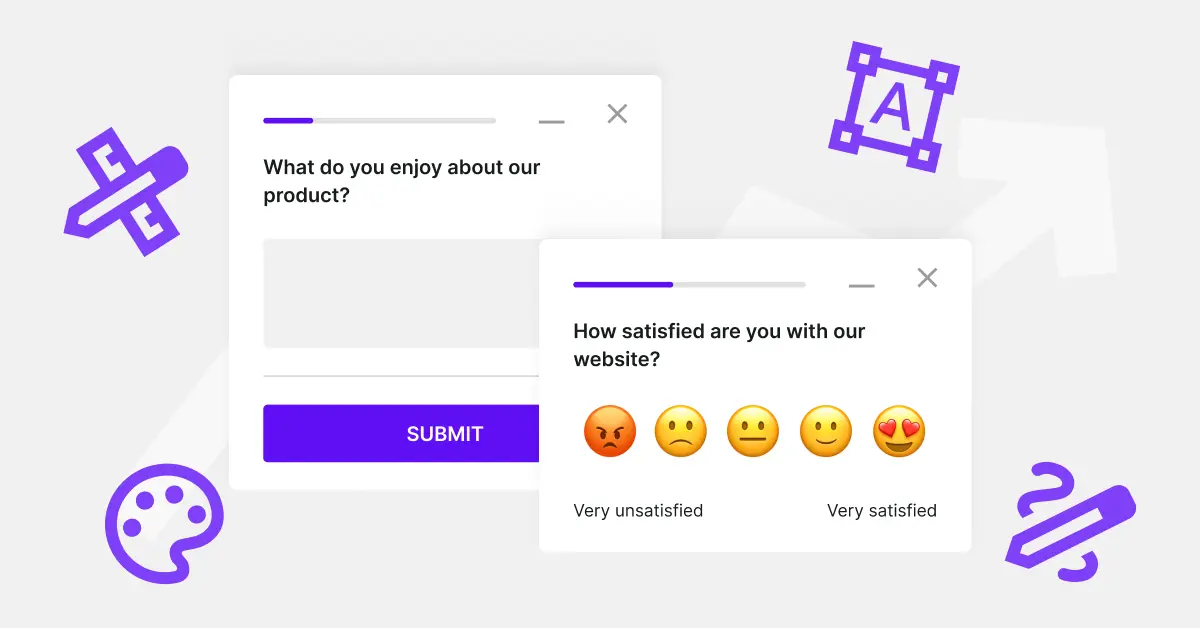
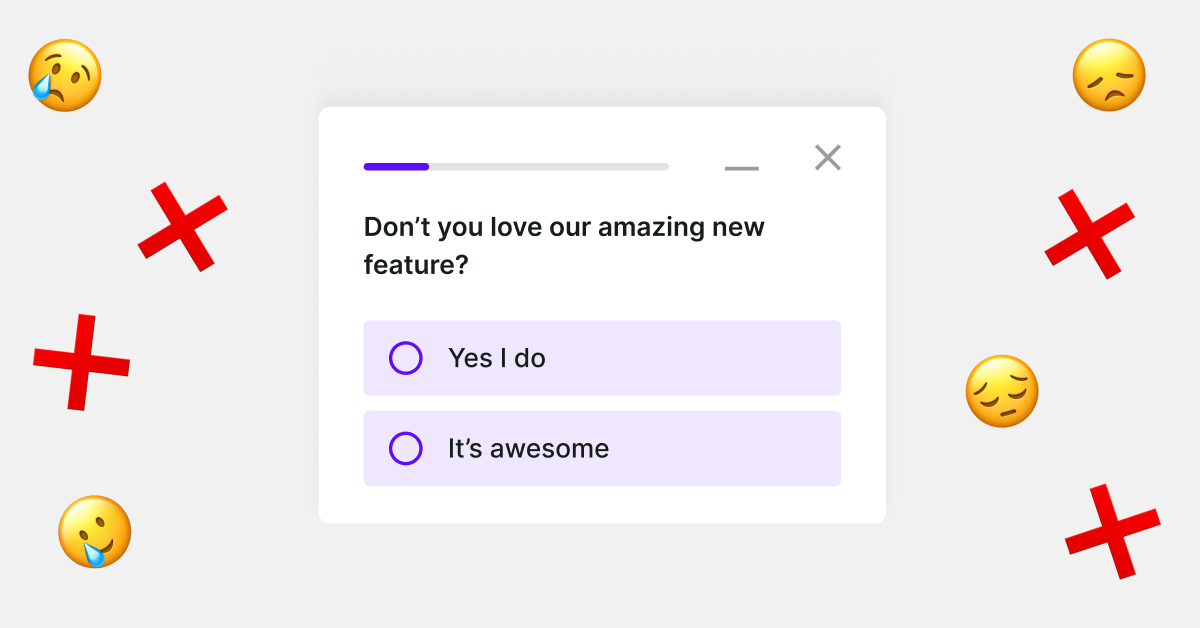
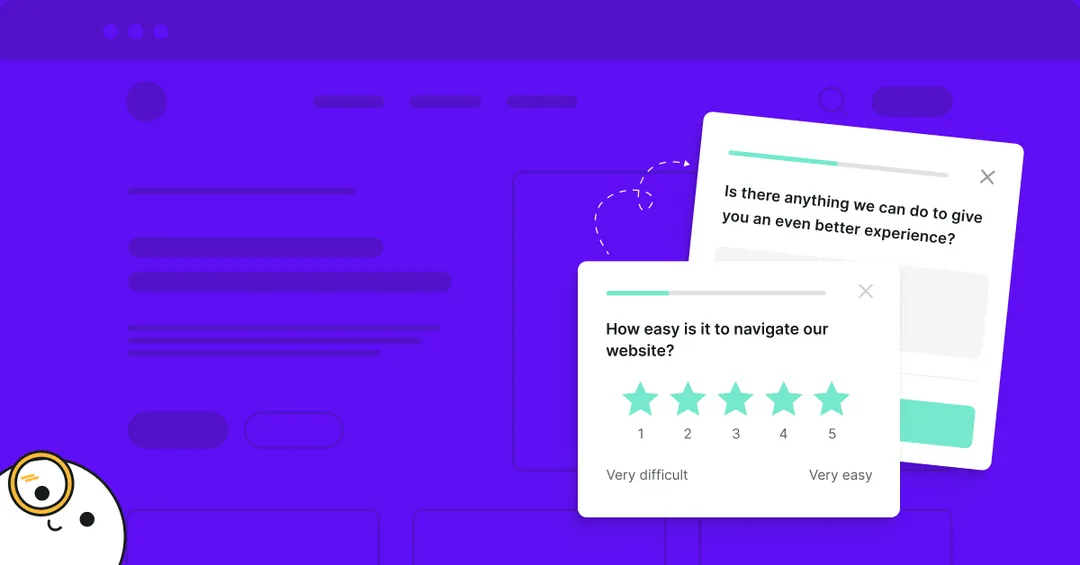



.svg)

.svg)



